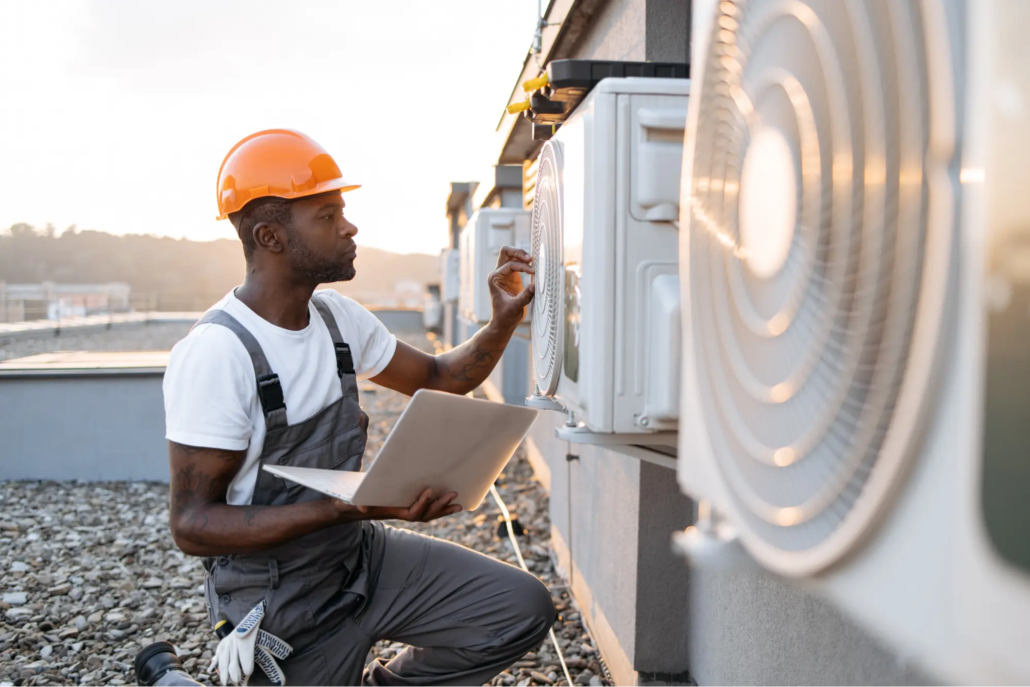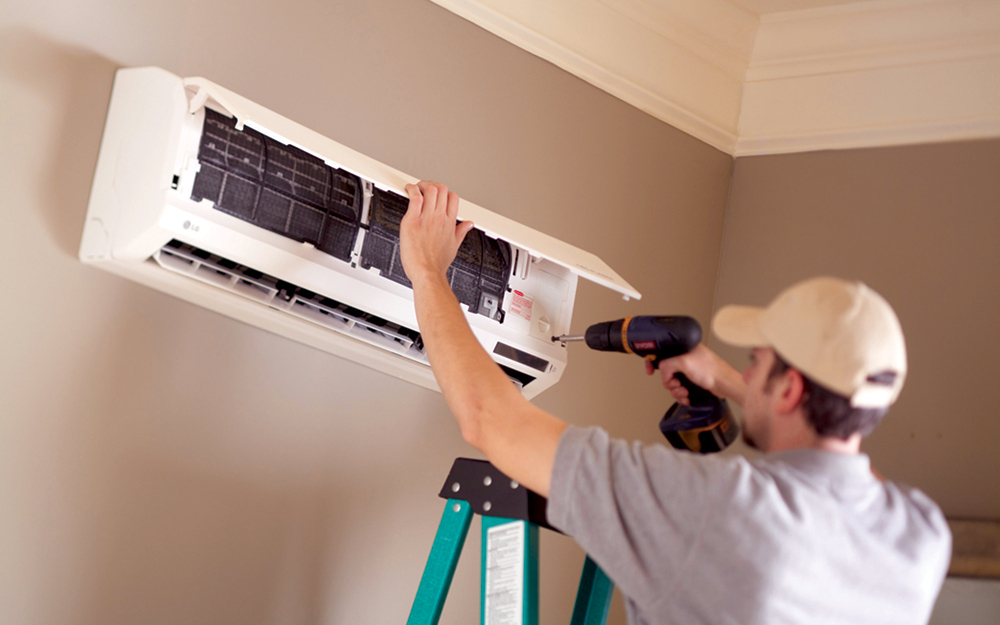Ensuring a healthy living environment is essential for homeowners and business owners alike. One significant threat to indoor air quality is mold in HVAC systems. In this article, we will explore various methods and strategies for preventing mold in HVAC systems, helping you maintain a safe and comfortable atmosphere in your home or office.

Understanding Mold in HVAC Systems
Mold is a type of fungus that thrives in moist environments. Your HVAC system, responsible for heating, ventilation, and air conditioning, can become a breeding ground for mold if not properly maintained. When mold grows within the HVAC system, spores can spread throughout the building, potentially causing health issues such as allergies and respiratory problems.
Causes of Mold Growth in HVAC Systems
Moisture Accumulation
The presence of moisture is the primary factor that encourages mold growth. HVAC systems, by nature, deal with moisture regularly, especially in humid climates. Condensation can form within the ducts and on components, creating an ideal environment for mold.
Poor Ventilation
Inadequate ventilation can trap moisture and create stagnant air within the system, further promoting mold growth. Ensuring proper air flow is crucial to keeping your system dry and mold-free.
Neglected Maintenance
Regular maintenance is key to preventing mold. When HVAC systems are neglected, dust and debris can accumulate, providing a food source for mold. Routine cleaning and inspections are essential.
Preventive Measures for Mold in HVAC Systems
Regular Maintenance
Implementing a consistent maintenance schedule is crucial. This includes changing air filters, cleaning ducts, and inspecting components for signs of mold or moisture. Regular maintenance helps identify issues early and keeps the system running efficiently.
Use of Dehumidifiers
In humid environments, using a dehumidifier can significantly reduce moisture levels in the air, consequently reducing the chances of mold growth. Consider integrating a dehumidifier into your HVAC system.
Proper Insulation
Insulation is vital in preventing condensation within the ducts. Properly insulated ducts help maintain temperature control and reduce the chances of moisture accumulation.
UV Light Installation
Installing UV lights within the HVAC system can effectively kill mold spores and bacteria. UV lights disrupt the DNA of microorganisms, preventing them from reproducing and spreading.
Signs of Mold in HVAC Systems
Unpleasant Odors
A musty or foul odor when the HVAC system is running is a common sign of mold. If you notice persistent odors, it’s essential to investigate and address the issue promptly. For more information on dealing with odors, visit this guide.
Visible Mold
In some cases, mold may be visible on or around HVAC components. Regular inspections can help you spot mold early and take necessary action.
Allergy Symptoms
Increased allergy symptoms among building occupants may indicate mold presence. Mold spores can trigger allergies and respiratory issues, making it crucial to address the problem swiftly.
Increased Humidity
High indoor humidity levels can also be a sign of mold in your HVAC system. Maintaining humidity levels between 30% and 50% can inhibit mold growth.
Steps to Remove Mold from HVAC Systems
If you detect mold in your HVAC system, it’s vital to address it promptly to prevent further spread and potential health risks.
Turn Off the System
Before beginning any cleaning or remediation process, ensure the HVAC system is turned off to prevent spreading mold spores.
Professional Inspection
Hire a professional HVAC technician to inspect and identify the extent of mold growth. They can provide expert advice on the best course of action.
Cleaning and Disinfecting
Professionals will clean and disinfect affected components and ducts. This process may involve using specialized cleaning agents and equipment to ensure thorough removal of mold.
Seal Leakages
Address any leakages or sources of moisture within the system to prevent future mold growth. Proper sealing and insulation are crucial.
Long-Term Mold Prevention Strategies
Regular Inspections
Conduct regular inspections of your HVAC system to catch any issues early and maintain optimal performance. For more tips on maintaining your system, check out this article.
Maintain Optimal Humidity Levels
Use humidifiers or dehumidifiers as needed to maintain ideal indoor humidity levels, reducing the risk of mold growth.
Regular Duct Cleaning
Schedule regular duct cleaning to remove dust, debris, and potential mold. Clean ducts contribute to better air quality and system efficiency.
Use of Mold-Resistant Products
Consider using mold-resistant products, such as paints and coatings, for HVAC components to reduce the chances of mold growth.
Conclusion
Preventing mold in HVAC systems is crucial for maintaining a healthy, comfortable environment. By understanding the causes of mold growth and implementing preventive measures, homeowners and business owners can protect their indoor air quality and ensure the efficient operation of their HVAC systems. For further insights on addressing musty odors and mold, visit this external resource.

FAQ
What are common symptoms of mold exposure?
Common symptoms include sneezing, coughing, itchy eyes, and skin irritation. Prolonged exposure can lead to more serious respiratory issues.
How often should HVAC systems be inspected for mold?
It is recommended to inspect HVAC systems at least twice a year, ideally before the heating and cooling seasons.
Can I clean mold from my HVAC system myself?
While minor cleaning can be done by homeowners, it is advisable to seek professional help for thorough inspection and cleaning.
This article contains affiliate links. We may earn a commission at no extra cost to you.